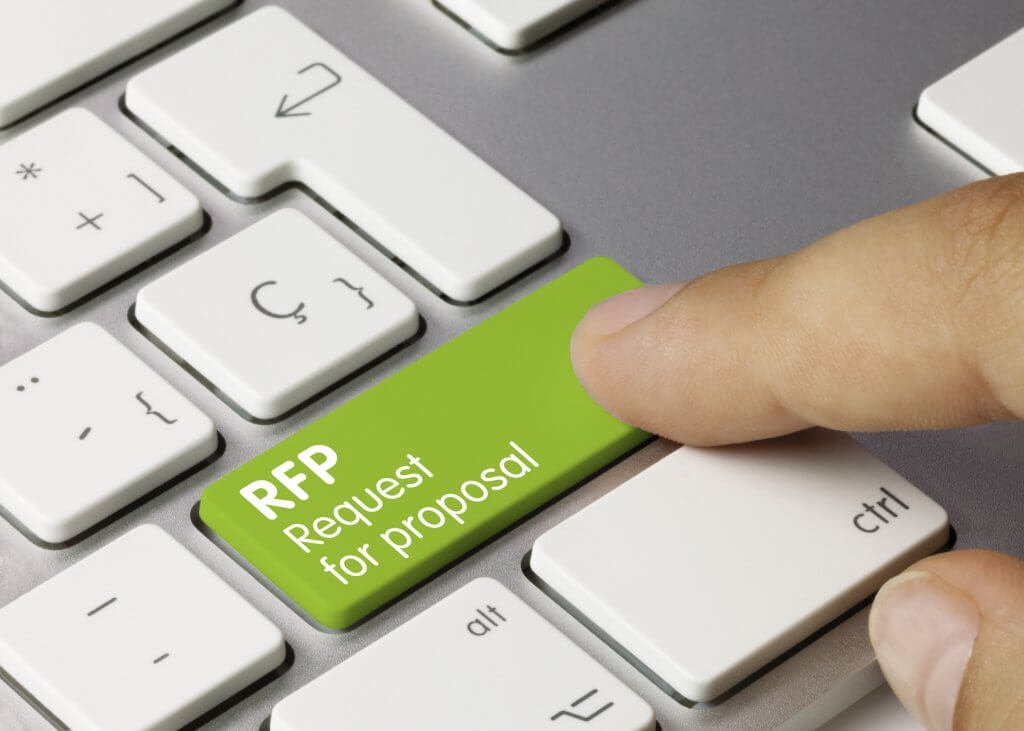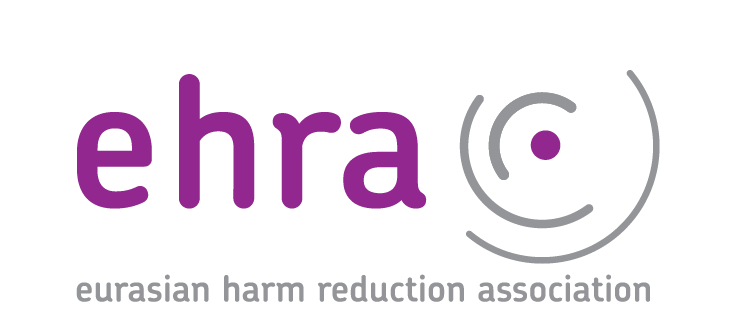Five Principles of Efficient Budget Advocacy by communities’ efforts
- 12.08.2016 02:58
- Post Views: 1,341
Budget advocacy – what is it?
Budget Advocacy is a strategic approach about influencing decisions made by authorities in regards to budgets. This approach is aimed at obtaining clear and specific results – for instance, in the field of harm reduction, this approach is aimed at ensuring stable funding of services for people who use drugs, from the state budget. This is an example of a long-term goal for the advocacy. Efficient advocacy is moving to achieve these goals through gradual, small, concrete steps, such as increasing budget allocations or strengthening control over the use of public funds.
Why it is so important for communities to participate in budget advocacy?
Budget Advocacy and changing of policies suggests active participation in the budgeting process using three fundamental approaches:
- Changes in the regulatory framework: based on problem analysis data, activists engaged in advocacy are campaigning for the adoption of new laws, government programs and initiatives or amendments to existing laws and programs.
- Changing the decision-making system: activists engaged in advocacy, can also draw attention exactly to decision-making system, demanding transparency and access to information, gaining opportunities for community participation, and better control over how public funds are being used and state programs are implemented.
- Providing opportunities for communities to make changes by themselves: it is important for efficient advocacy to delegate, empower and provide opportunities for those people, whose lives will be affected by government decisions, so that they can understand the existing problems and can take action on their own behalf.
- Only if all these three elements of advocacy will be used together, then advocacy by community will have the greatest impact on actions of authorities, and in turn, on lives of people.
Five principles of efficient budget advocacy by communities efforts from Maxim Demchenko,
budget advocacy practitioner, Svet Nadezhdy (Light of Hope) NGO, Poltava, Ukraine.
- This is not similar to fundraising. When we are engaged in advocacy, we are not asking for more money, but we offer socially significant and more efficient solutions. We advocate and defend the need for services by proofing their efficiency.
- We have to understand that we will always compete with other budget items. However, the lack of financing of social services most often is not the question of lack of funds, but lack of priorities at the decision-making level.
- 3. Often we work not with those with whom we need to, but with those with whom it is comfortable to work; for example, directors of social services, chief medical officers and health care officials, many of whom are all for it, anyway. Yet they themselves often do not have possibilities to influence the process. We do need to contact “opponents” and convince them by arguments, and then accompany the process at all stages: during the budget planning, and, later on, at the stage of funds allocation to ensure that funds allocated are equal to funds promised, and that at the time of procurement the items purchased are items needed.
- For the beginning it is very useful to negotiate with the local authorities on the allocation of municipal premises. It is unreasonable to get social services contract and then substantially give half of a grant back in rent payment.
- The money is there, you just have to know how to take them! The main thing is to do everything in time, using the budget cycle.
_________
This material has been prepared by the Eurasian Harm Reduction Network in the framework of the project Regional Civil Society and Community Support, Coordination and Communication Platform – EECA as part of EECA consortium.
Related News
New opportunity to develop innovative harm reduction lead by community – the ViiV Healthcare Positive Action HIV Challenge
Positive Action Challenges seek to find innovative solutions to a particular issue or challenge. The ViiV Healthcare Positive Action HIV Challenge has been announced, in partnership with IAS and INPUD. The call for proposals will open on 16 March 2020 at 00h01 GMT and close on 17 April at 23h59 BST. Post Views: 1,224 Read moreOverview of the 2017 projects and advocacy initiatives aimed at ensuring sustainable transition from donor to domestic funding in EECA
Within Regional Platform-EECA project, ERHN has conducted overview of the 2017 projects and advocacy initiatives aimed at ensuring sustainable transition from donor to domestic funding in CEECA and provided the results in one document. Post Views: 1,145 Read moreAssessment of civil society and EECA communities’ needs in Technical Assistance
In 2016 within Regional Platform-EECA project implementation, Alliance Consultancy conducted an assessment of CSOs’ TA needs and gaps, particularly regarding issues of communities, rights, gender and the Global Fund programmes in EECA Region. Post Views: 979 Read moreServices for migrants and refugees from Ukraine – HIV/TB care with a focus on key populations
Due to the increasing flows of refugees from Ukraine because of Russia’s invasion of Ukraine, the EECA Regional Platform created a spreadsheet to fill contacts details of face-to-face and online services for refugees and migrants (with a focus on HIV/TB care and key population groups).
Regional Platform – EECA
This web-resource is a part of new regional communication and coordination project “Regional Civil Society and Community Support, Coordination and Communication Platform - EECA”, implemented by Eurasian Harm Reduction Association (EHRA).
Tags
See also
-
Grant Cycle 7 Reprioritization: How can communities prepare? 02.07.2025 12:03
-
Webinar: Using Global Fund's Data for Advocacy 12.06.2025 12:00





